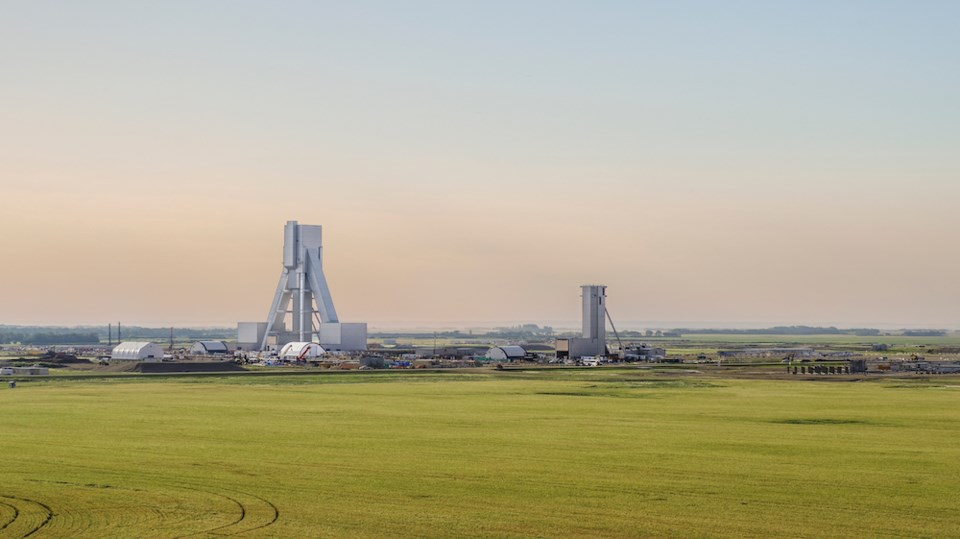A pause on construction activity in many market segments over the past two years has driven a flight to quality, and the Regina industrial sector is no different.
While overall industrial activity has slowed, it’s helped boost availability rates and created options for companies to upgrade their premises.
Regina saw availability tick up to 2.4 per cent in the second quarter, Avison Young reported last month, a half percentage point above where it was a year earlier.
“Regina's availability remains desirable as companies are relocating to upgraded premises and expanding their footprints amidst rising construction costs,” Avison Young said.
This in turn has given developers confidence to develop new premises, knowing the demand is there for next-generation space. A total of 580,000 square feet are under construction in the city.
While average lease rates are largely unchanged from a year ago at $11.53 per square foot, rates for brand-new construction are often $3 to $5 more.
This underscores that Regina’s industrial real estate sector continues to bear out the optimism other brokerages have noted.
“Regina's industrial real estate market remains exciting, held up by sustained demand, strategic investments, and a supportive economic environment,” Colliers noted earlier this year in its own assessment.
Avison Young picked up the strain in its second-quarter report.
“There is strong optimism for future growth in Regina's industrial sector due to Saskatchewan's abundance of food, fuel, and fertilizer,” it said.
A recent forecast from TD Economics recently pegged provincial GDP to grow at 1.7 per cent this year, the second-fastest in the West after Alberta.
Growth in potash will drive the Saskatchewan economy this year, TD said, with the mineral displacing crude oil as the province’s top export.
“Potash production has ramped up over the first quarter of the year,” TD Economics noted.
Cash flows both ways, too, with BHP Billiton moving ahead with its Jansen mine and drawing investment into the province’s office and industrial sectors.
The investments are largely being felt in Saskatoon but the province as a whole stands to benefit from the increased activity.
Yet the province’s dependence on resources makes it vulnerable to global shifts.
“Saskatchewan’s susceptibility to sudden setbacks in key resource prices poses some downside risk,” TD noted, before adding, “The current outlook for commodities prices is supportive of continued activity and investment.”
Saskatchewan’s forecasted growth this year is 10 basis points strong than last year, and points to diversification.
Construction was the main driver of the province’s growth last year, but the rise of potash shows a more broad-based recovery.
Projections of a strong grain harvest are also promising.
The construction sector’s growth last year was the strongest in 15 years as strong in-migration and key industrial and infrastructure projects kept contractors hopping. However, the gains offset declines in the agriculture and mining sectors, which were affected by falling commodity prices and other factors.
This year marks a reversal of the situation, with construction now complementing the growth of the other sectors as the province moves forward to 2025.



